|
This is another very common problem riders ask me about. As with everything it can happen for a number of reasons and can take a bit of detective work to solve.
First of all check whether it happens all the time, regardless of what you are doing when you ride or what horse you are on or what saddle you are using. Does it happen on both reins? In all gaits? Only in particular movements? If it is only on one particular horse then maybe that horse is crooked or not pushing equally with both hindlegs. Sometimes horses will have a low grade hindleg issue that will result in the saddle continually moving to one side. This can unbalance the riders and they will often grip up with one leg to prevent them from slipping further over. When they grip up they may lose their stirrup. Maybe your leg only creeps up when you use it? Perhaps only in lateral work? Two things may help here and one is to help your horse to understand and move away from a lighter aid as well as to change the way you use your leg. Sounds a bit challenging? Not really. The first can be done by in-hand work which I do a lot of and run an entire program dedicated just to this. The Equest Connect In-hand program. Its great – easy, fun and logical for both horse and rider, not matter what level you are. From babies to Grand Prix, it is something that I believe should be incorporated in to all horses training schedules. As for the way to reprogram your body to use a lighter aid – that is what the Equest Connect Ridden Program is all about. Actually, it is way more than that. It is about being so body aware that you will notice if you are actually blocking the horse in some other way so you don’t need to use such a strong aid in the first place that your leg grips up. It is always better to take an aid away than to add in or increase another one. This is worth remembering at all times of training! If it is only in one particular saddle then maybe that saddle is not ideal for you. There are so many reasons here that this would be an article all on its own! I should remember this! This is not just if the saddle is crooked as this is not seen so much nowadays with riders taking such good care to have regular saddle-fits. Anything not allowing the rider to sit in balance and have their hips work in the best angle for them will result in increased muscular tension and a degree of seat instability which may result in legs gripping up and stirrup loss. If the stirrup loss happens all the time, regardless of horse or saddle, then yes - the problem is you and most likely so do with the stability and straightness of your seat. The Equest Connect Rider Program is what you need! I honestly believe this is absolutely the best way to become incredibly aware and in control of your own body when on a horse. It draws on all my knowledge in different areas, from veterinary, elite training to rider and horse rehab and uses a range of fun exercises and equipment. I run these as individual or shared sessions and best of all, these complement what you do with your coach and are by no means designed to replace or interfere with your current training.
0 Comments
So often riders are told to leave their emotions at the gate with regards to riding. What does this mean and do you think it is a good idea? Does this idea resonate with you?
I believe that for sure, you do need to be able to control your emotions and clear them before working with horses, or any animals in that case. If you have had a bad day, are tired, stressed, possibly grumpy you will not be the same partner for your horse as if you were happy and carefree. It is important for us to acknowledge when we are not at our best emotionally and perhaps alter what we do with our horses accordingly. Perhaps a better option than a flat training session would be some pole work exercises or a trail ride. I think another good reason for the advice to train in a non-emotional manner is so that riders do not take any of the horse’s responses personally. Horses never, ever do something to make the rider angry on purpose. It just isn’t in their make-up/dna. They just respond to the questions asked of them in the way they understand and find possible. It should never be a us and them relationship but a partnership developed from trust and understanding. Understand and accept your horse’s limitations and the difficulties he/she has with particular movements and don’t become frustrated when they do not progress as you feel they should. BUT – here are two reasons I feel emotions have a very big role to play when riding and training horses. Number one – Horses know when we are happy, pleased or excited! When new progress is made become excited and let your horse feel how you feel! Make it all fun for them and find out what rewards they really like and use them. Number two (and this is a big one) – we can and do link certain postures and movement patterns to emotions and by doing this can use a different part of your brain to the analytical part that is telling you how to do a particular movement. So if you always slouch when sitting trot, rather than telling yourself to sit up, shoulders back and down or whatever else you tell yourself (often resulting in increased stiffness) you can just remind yourself to be proud and happy or whatever other words resonate with you and then continue on your merry way talking yourself through a test or movement such as shoulder in! Don’t believe me? Try it now. Wherever you are sitting. Think hard about of one of your greatest achievements and notice how your posture changes! It doesn’t have to be a riding moment. Anything that will elicit that feeling and then done often enough you can link this to a cue word. Incredible isn’t it! I love the use of cue words and neurolinguistic programming and cover a lot of this in the Equest Connect Rider Program. This allow riders to make rapid, long-lasting change to their positions. Exercises are done on and off the horse to develop body awareness, flexibility and stability and these new feelings are linked to powerful imagery and self-selected cue words, ensuring riders can recall them during future rides. I run these as individual or shared sessions, tailored to your own specific needs. Best of all, these complement what you do with your coach and are by no means designed to replace or interfere with your current training. For many people, training their horse to do clean flying changes can be quite a journey! There are so many things to consider in the preparation of the horse for this movement. This is all in their training – in the development of the canter, the quality and air-time as well as the horse’s understanding and reaction to the aids. As most people are training with their own coaches for this I thought I would mention a few variables that can influence the ease and correctness of the changes that are not directly training related and sometimes overlooked.
Anything affecting the balance of the rider and the distribution of their weight is going to have a huge impact in their ability to ride changes correctly. If a rider is slightly behind the movement or crooked, unsteady in their seat or unable to follow the horse’s movement in the canter they will not be able to time their aids correctly. Some horses are so talented that some riders can get away with this but for many, this can be problematic. Likewise saddles that are fractionally too long for the horse’s saddle platform area, especially if combined with a rider who is crooked or slower to move one hip that the other, may actually be the reason that a horse may go late one way. Up until that point in training it may never have been a noticeable problem but nothing is so rewarding as changing a saddle, altering its balance or the back panels/gussets and having the same horse/rider combination change clean both ways! A few years ago I designed the Equest Connect Rider Program. I honestly believe this is absolutely the best way to become incredibly aware and in control of your own body so that you can move in sync with your horse and develop the feel to know when, how and what to ask for at the correct time. I run these as individual or shared sessions, tailored to your own specific needs. Best of all, these complement what you do with your coach and are by no means designed to replace or interfere with your current training. 1/10/2024 0 Comments Do you have a Dodgy hand???I don’t often coach at clubs but when I do and am having an introductory chat with new riders one of the most common things they tell me about themselves is that they have a dodgy hand! These dodgy hands seem to have minds of their own and riders become very worried about them! Understandably so, considering our hands communicate with such a sensitive part of the horse – ie, their mouths.
So why do some people have these annoying , misbehaving hands and others not? Just luck of the game? Probably not! Sometimes the rider may have had an injury to their body on one side, resulting in crookedness and this crookedness may result in the horse being crooked and therefore having uneven contact or the rider may be hanging on more with one hand or stiff in that arm due to being unstable in their seat. So there are lots of different scenarios and reasons but the common link is that the dodgy hand is more than likely the end result of something else! No amount of being told to control that hand is going to work if the underlying reason is not found. I absolutely love this detective work with regards to rider positional challenges. This is why I developed the Equest Connect Program. It draws on all my knowledge in different areas, from veterinary, elite training to rider and horse rehab and uses a range of fun exercises and equipment. I honestly believe this is the absolute best way to become incredibly aware and in control of your own body so that you can move in sync with your horse and develop the feel to know when, how and what to ask for at the correct time. I run these as individual or shared sessions, tailored to your own specific needs. Best of all, these complement what you do with your coach and are by no means designed to replace or interfere with your current training. Many challenges in riding can be taken back to an underlying problem with the go forward button! Have you ever had your coach repeatedly ask you to “Go Forward”? I would say 99% of riders would answer yes to this problem.
Horses that are “In front of the leg” are horses that travel forwards by themselves. They take responsibility for the maintenance of the pace without constant reminders from their rider. In addition to this they respond quickly to a light leg aid to go forward to a higher pace or to increase the energy within the current pace. Why do horses seem to find this concept so difficult? Or is it the rider that in fact finds the concept a challenge? Or after a while do many horses revert to conserving energy like most living beings and do as little as possible? Does their training start to become less interesting to them? Have they been pushed too far too soon and learnt to conserve their energy as they don’t really know how long the session will become so realise there is no point giving it everything they have at the start? Have they become sore or not recovered fully from previous sessions? Have they been overfaced with a movement, so the rider has asked with stronger aids and now the horse doesn’t really hear the quieter aids? As you can see I have no answers but a lot of ideas and I think in many cases it is a combination of many of these scenarios and probably many more that I have not listed here. The important thing is that we, as riders do whatever we can to be aware of any of these creeping in. Has the rider blocked the horse? I think this is a big one and much, much more common than we think. Everyone is well aware of the rider who pulls the horse’s mouth or restricts them too much in front when asking for the go forward in an effort to have the horse “on the bit”. The old “clash of the aids” trick that hopefully is outdated now. What I think is way more common is the rider who becomes too strong, potentially a little stiff in his/her body in an effort to sit still or to get their horse uphill or change its way of going and is in fact blocking the horse's natural movement. I see this so often in riders who come to me struggling with canter pirouettes, piaffe or passage. They forget to allow their horse to move and to allow themselves to move! This rider tightness isn’t just in these particular movements but is actually in all the movements. Gradually over time the rider has become stronger in their legs and seat without even knowing it. Finally it comes to a movement where it is not possible to ride this way and the horses says no. Some of these cases are totally unbelievable to see when they do the Rider Aware part of the Equest Connect Rider Course. All of a sudden these horses that were being ridden with a whip and spurs are travelling by themselves! It is just wonderful to see! It takes a really great person to commit to totally changing their riding style but these are usually highly driven riders who can feel the difference and are hooked from that moment! A few years ago I designed the Equest Connect Rider Program. I honestly believe this is absolutely the best way to become incredibly aware and in control of your own body so that you can move in sync with your horse and develop the feel to know when, how and what to ask for at the correct time. Exercises are done on and off the horse to develop body awareness, flexibility and stability and these new feelings are linked to powerful imagery and self-selected cue words, ensuring easy recall during future rides. This allow riders to make rapid, long-lasting change and develop the ability to ride with super light aids that are easier for your horse to hear by reducing any unnecessary background noise (body movements) and easier for them to respond to by ensuring no part of your body is in conflict with what you are asking. I run these as individual or shared sessions, tailored to your own specific needs. Best of all, these complement what you do with your coach and are by no means designed to replace or interfere with your current training. I love this time of year as everyone is fired up about what they are going to do with their horses!
What have you decided to do? Are you going to compete this year or spend part or all of it at home training? Are you going to go up a grade or try a different discipline? I know a lot of riders who are somewhat frustrated by their competition results. It is not that they wanted to win but just that they felt they didn’t really show how well their horse normally performs the movements. Are you one of these riders? Have you ever tried to work out why? Or maybe you have but are not sure what to do about it. I love competing and the challenges that come with it and I absolutely love helping riders learn how to compete better! This was one of my favourite areas when working with squad riders and WADYRA. What if I told you that you could improve your competition riding without even going to a competition? Would you believe me? Well, you sure can and now is the time! No matter what level you are. We can do this together! Make it happen! Make it enjoyable! When buying new horses many dressage riders are trying to find the very best moving horse they can afford. But is this the best thing?
Is movement an indication of ability to do the movements and when I talk about movements I talk about the higher level movements in dressage such as piaffe, passage and canter pirouettes. For the purpose of this article, I am not talking about professional riders. They need a horse that has amazing movement and also the ability to do all the movements. I am addressing the adult riding club riders and even many of the EA dressage riders. Some of you don’t dream big enough so rather than say you only ever want to do prelim and novice, why not ask yourself why couldn’t I do elementary, medium, advanced or even higher? It is incredible learning a language that allows us to communicate with such amazing creatures as our horses to the point that we can dance together! This language is available to you all to learn! Honestly! If you don’t believe me look on the internet and see all kinds of horses doing all the grand prix movements! And by doing this work they start to move better and better as they become stronger and better balanced. If you just want to stay in prelim and novice and be super competitive then yes – you will need a horse with lovely movement. Be aware! You will need to be able to ride this movement. Breeding horses has progressed at an amazing rate and possibly over the same period, riders time in the saddle has decreased! So what am I saying here? Well, some of these big moving horses are not ideal for people not looking at continually improving themselves as riders. If riders are unable to absorb the horse's movement then they subconsciously hang on or don’t ride as forward and both of these scenarios can lead to the horse becoming sore or developing resistances. A few years ago I designed the Equest Connect Rider Program. I honestly believe this is absolutely the best way to become incredibly aware and in control of your own body so that you can move in sync with your horse and develop the feel to know when, how and what to ask for at the correct time. I run these as individual or shared sessions, tailored to your own specific needs. Best of all, these complement what you do with your coach and are by no means designed to replace or interfere with your current training. If I have lit a flame inside you that makes you believe that just maybe you would like to head on a pathway to some of the higher level movements then check out the Equest Connect In-hand Horse Biomechanics Program. It is fantastic to include in-hand work regularly and ideally a little ahead of what you are training under saddle. This way your horse is being prepared mentally and physically for what he/she will be learning next. It is an excellent way to work on connection, reaction to the aids and suppleness and you will be able to see how your horse is developing. |
AuthorDr Victoria Hamilton is an icon in the Australian Equestrian Community, with a wealth of experience as a veterinarian, coach, breeder and international dressage competitor. As one of Australia’s top dressage riders, her love of horses is contagious and apparent in everything she does. Archives
February 2024
Categories |

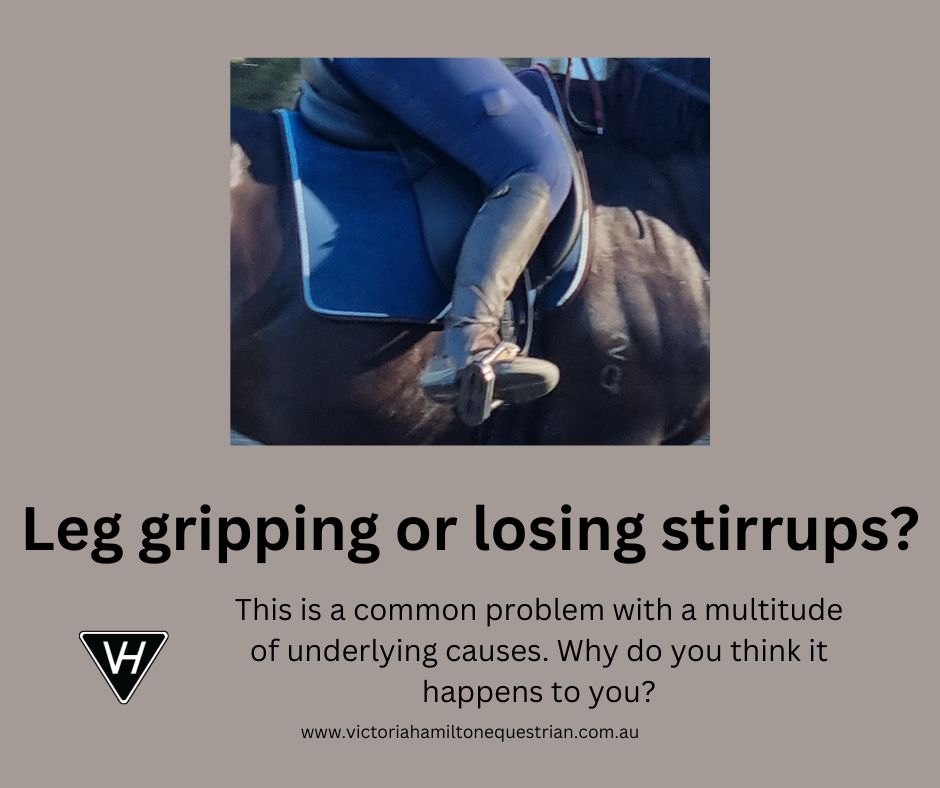
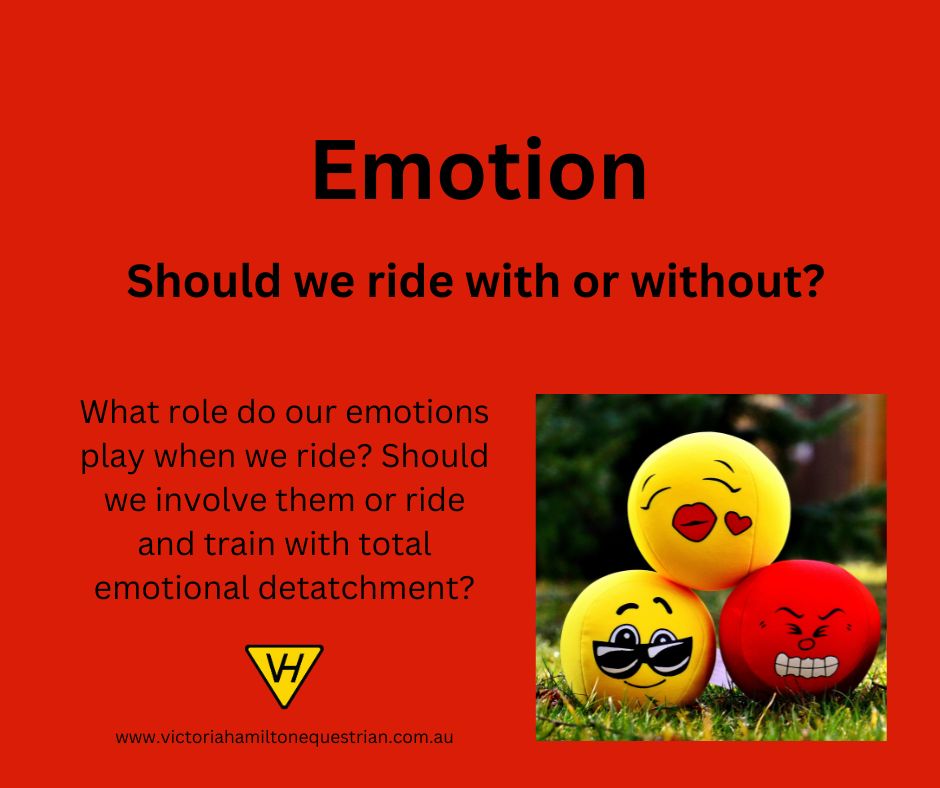
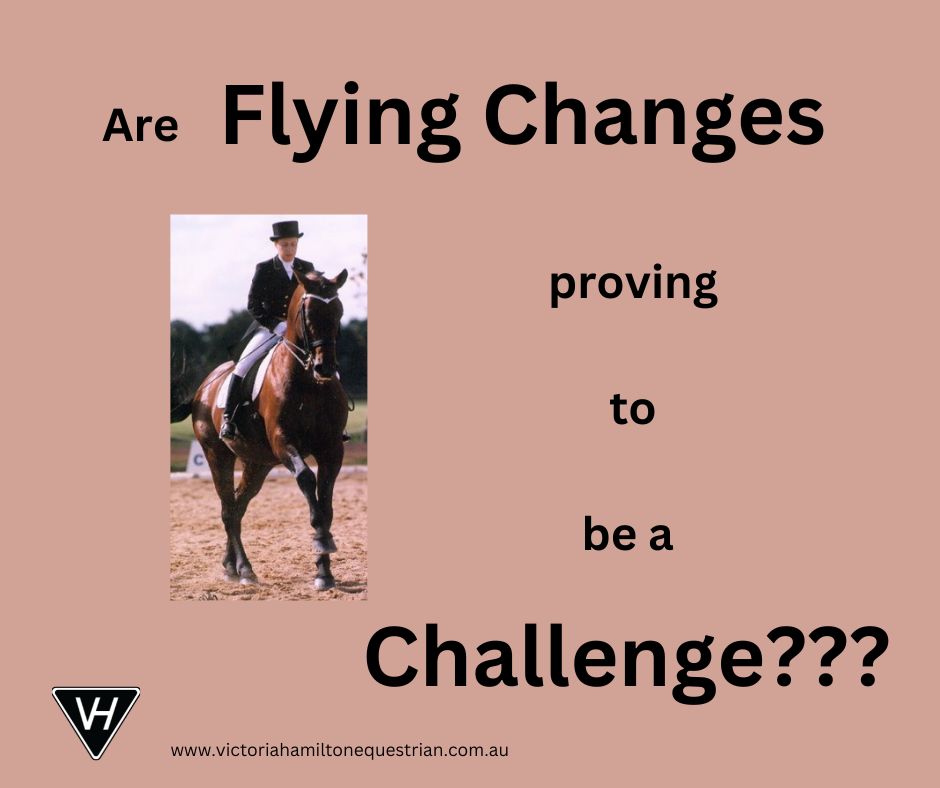

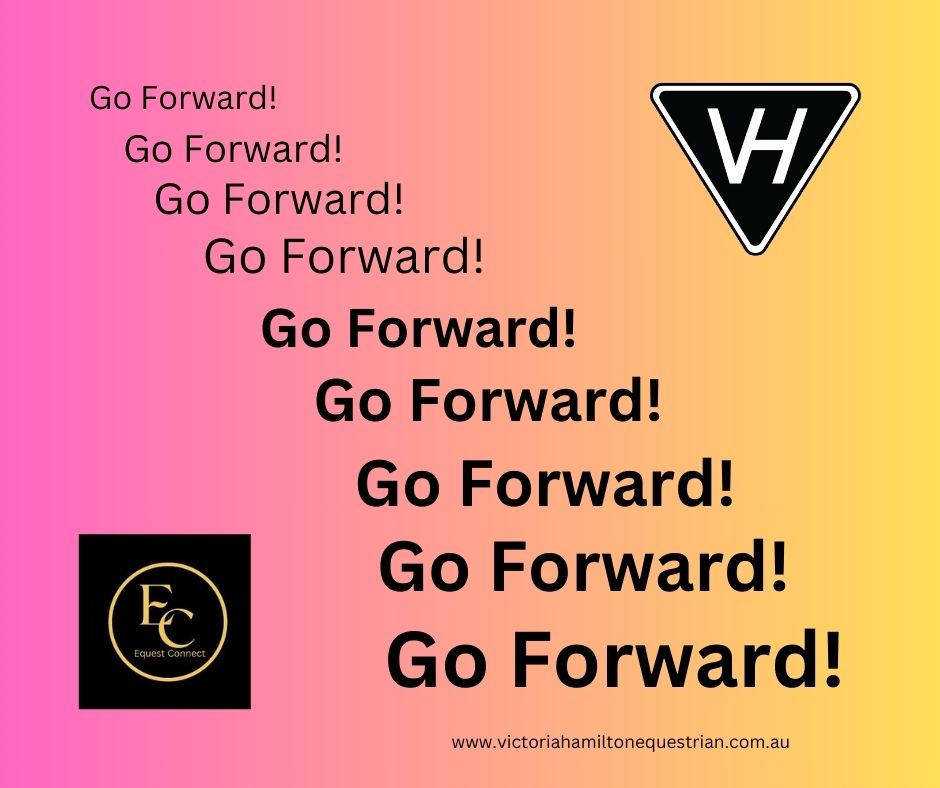

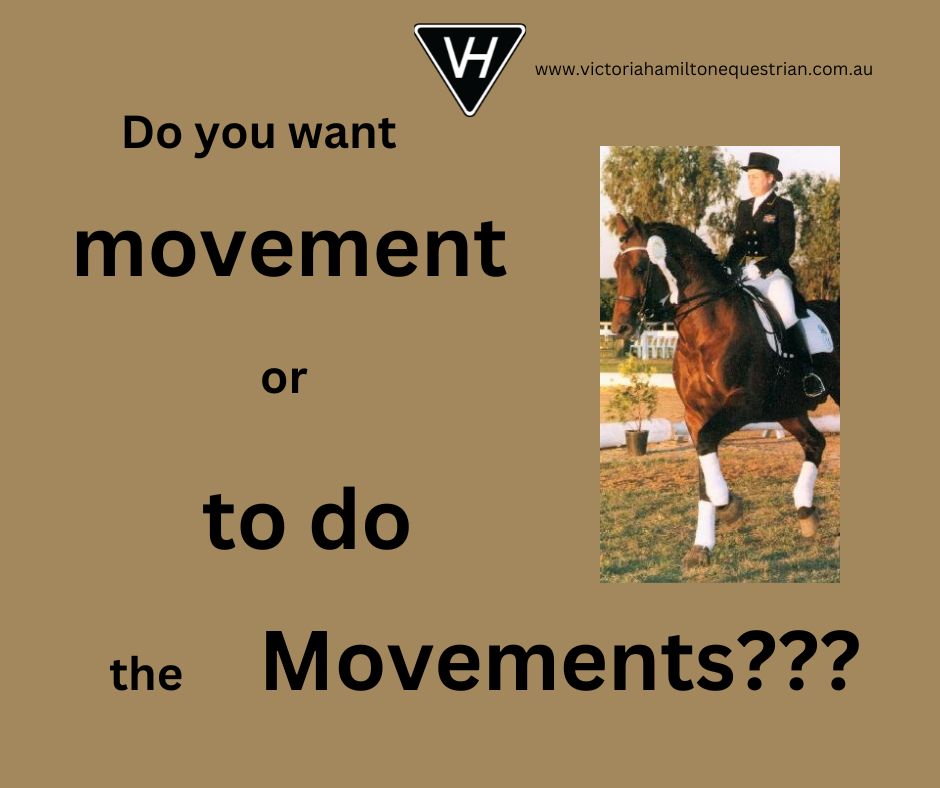
 RSS Feed
RSS Feed